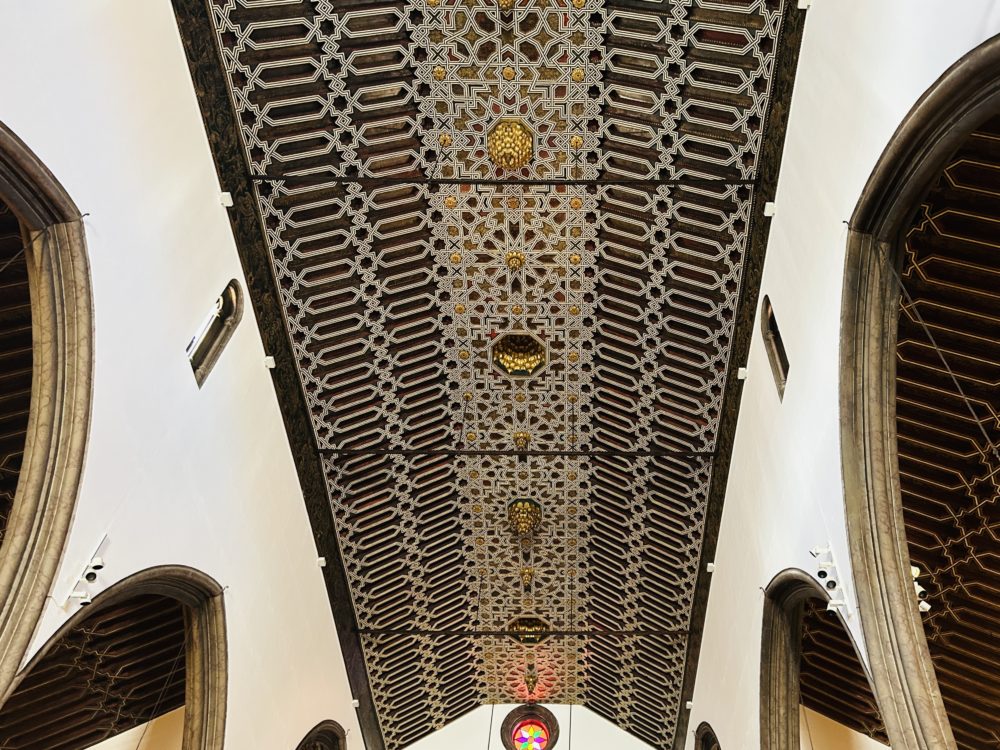The Sé Cathedral in Funchal, Madeira, boasts an extraordinary Mudejár-inspired roof that captivates visitors with its intricate design and historical significance. This architectural marvel is a testament to the rich cultural heritage and artistic influences that have shaped Madeira over the centuries.
Understanding the Mudejár Style
The Mudejár style is a unique blend of Islamic and Christian artistic elements that emerged in medieval Spain. It developed during the period when Muslims, known as Mudejars, remained in Iberia after the Christian Reconquista. This style is characterised by intricate geometric patterns, decorative tile work, and horseshoe arches, reflecting the fusion of Gothic and Islamic art. The Mudejár style represents a period of cultural coexistence and artistic exchange, making it a significant part of Iberian architectural history.
Why Cathedrals are Called “Sé” in Portuguese
In Portuguese, the word “Sé” is derived from “Sedes Episcopalis,” which translates to “Episcopal See” or “Bishop’s Seat”. This term is used to denote cathedrals that serve as the central church of a diocese, where the bishop’s throne is located. The use of “Sé” highlights the cathedral’s importance as the administrative and spiritual center of the diocese.
The History of the Sé Cathedral in Funchal
The Sé Cathedral of Funchal, located in the heart of Madeira’s capital, is a historical and architectural gem. Commissioned by King Manuel I, construction of the cathedral began in 1493 and was completed in 1514. The cathedral’s design features elements of the Manueline and Gothic styles, with a beautiful Gothic portal made of stone from Cabo Girão.
The Mudejár-inspired roof is one of the cathedral’s most striking features. Its intricate wooden ceiling, adorned with geometric patterns and decorative motifs, showcases the influence of Islamic art on Portuguese architecture.
#MudejárStyle #FunchalCathedral #MadeiraHistory #PortugueseArchitecture #CulturalHeritage













